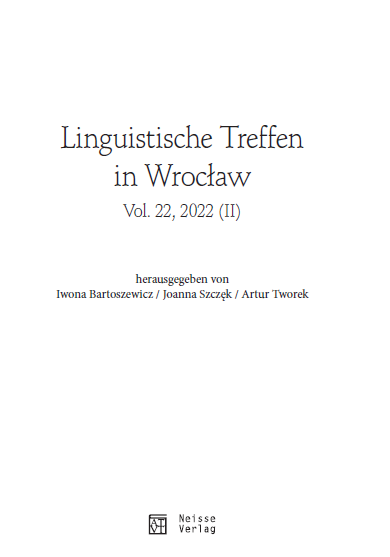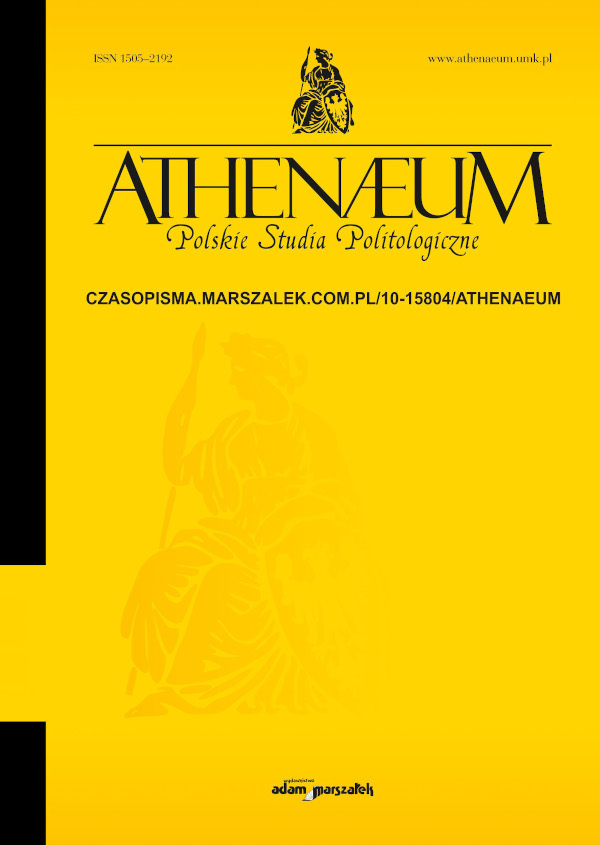Author(s): Čedomir Markov / Language(s): Serbian
Issue: 1/2023
The digital environment presents activists with new possibilities and challenges in their advocacy efforts when performing the key communication functions—i.e., informing the public, community building, and mobilizing citizens for various activities. Digital tools allow activists to circumvent mainstream media gatekeepers and speak directly to their audiences. Activists can use digital platforms to build and maintain relations with their public, forging a dialogue on important issues for the community. Digital platforms can also be used to reinvigorate citizens’ interest in politics and facilitate various modes of political participation. However, in order to utilize the full potential of digital platforms, activists need to find ways to capture the attention of digital audiences. This is becoming increasingly difficult as activists face stark competition from various actors—including politicians, celebrities, and popular brands— who also depend on public attention to meet their goals. Against this background, this study set out to identify and describe the main strategies that activists in Serbia use to capture the attention of digital audiences to promote the social changes they advocate. Given the exploratory nature of the study, a qualitative research design was selected. Data were collected using qualitative content analysis and in-depth interviews. Purposive sampling was used to select ten diverse organizations that differ with respect to the type of organization (formally registered NGOs and informal citizens’ associations), thematic focus (e.g., environment, housing, and labor rights), and geographic scope (local, regional, and national). The entire content of each organization’s websites and social media posts (on Facebook, Twitter, and Instagram) published between 1 September and 31 December 2021 were analyzed. In addition, in-depth interviews were conducted with ten activists from six organizations that accepted the invitation to participate. The main research question was addressed through an inductive thematic analysis of notes obtained through qualitative content analysis and interview transcripts. Three key strategies were identified based on the procedure outlined above. The first strategy was tailoring, which refers to a set of tactics employed by activists to adjust the content and presentation of digital communications to the target group and platform characteristics. Activists drew most attention and engagement from digital audiences through careful selection of information, emphasis on the relevance of information to audiences, and creative forms of presentation. However, it was also found that activists often replicate the same content across digital platforms, failing to utilize the specificity of each platform, which appeared to negatively influence audience engagement. The second strategy was labeled connecting and refers to the use of dialogic and interactive functions of digital platforms to strengthen the ties between community members. Activists often successfully spurred audience engagement by asking questions and starting debate on important issues, as well as by amplifying authentic voices that are often missing from mainstream discourse. However, though activists frequently started discussions on digital platforms, they rarely participated in these discussions, missing the opportunity to use the interactive features of digital platforms to improve public perceptions of civil society and contribute to trust building. Finally, empowering and organizing was identified as a strategy activists use to increase the political efficacy of their followers, increase their interest in politics, and motivate them to take various forms of political action. Celebrating small victories and motivational framing were recognized as successful tactics for increasing audience engagement. Less successful were mobilization posts that did not explain how citizens can participate and how their participation will contribute to desired changes. The theoretical and practical implications of these findings were discussed.
More...
















